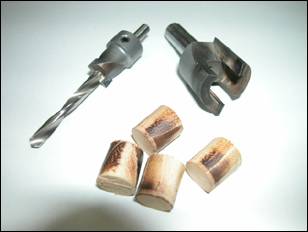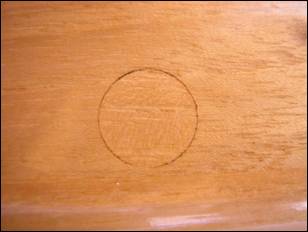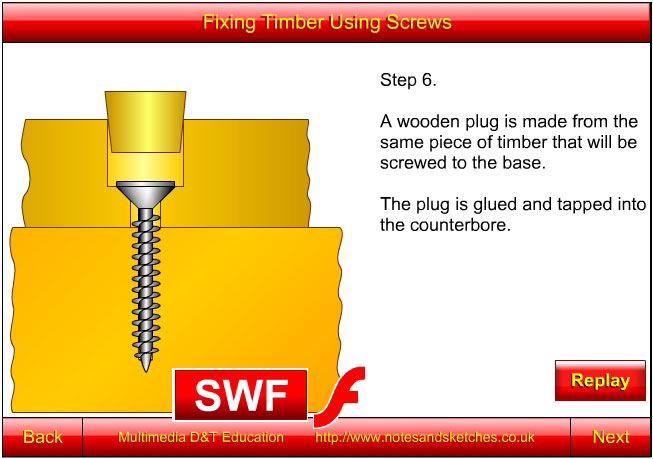ScrewsThe most commonly used wood screws have a thread along the full length of the screw and have a countersunk head with a Pozidriv screwdriver slot. These screws are usually made of steel and are zinc plated to prevent corrosion. Screws with Pozidriv screwdriver slots prevent the screwdriver from slipping out and are ideally suited for use with electric screwdrivers and electric drills with screwdriver attachments. Traditional woodscrews are still available, with countersunk head, raised countersunk head, and round heads. Coach screws are also available for heavy work. Traditional woodscrews are mainly available in brass and steel that has been given a black painted finish. For general work, screws with the Pozidriv slots are used. When using large screws and when screwing into hard timber, a hole the size of the core diameter of the screw should be drilled first so that the core of the screw can fit into the hole without splitting the timber. Only the screw thread bites into the timber and so does not split it.
|
||||
Large pieces of work are easy to assemble by gluing and screwing, or simply screwing. However the sight of screw heads can spoil the look of products, so they should be hidden. One way of doing this is by counterboring timber so that the head of the screw can be hidden with a wooden plug. Plugs can be made with a plug cutting tool fixed in a drilling machine or a plunge router. A little glue is put into the counterbore and the plug is tapped with a hammer until it is tight in the hole. Excess glue is wiped off with a wet rag. When the glue is dry, the top of the plug can be cut off with a sharp chisel and sanded flush with the wood surface. If the plug is cut from the same piece of timber that is being plugged, then the colour and grain can match so well that the plugged hole is hardly distinguishable.
|




